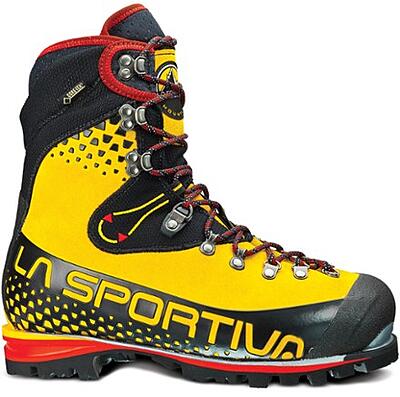
Good socks, you know they are good when you are wearing them, but how do you judge a good sock when you go to buy one?
A good question as there are more bad socks out there than good socks in my opinion. Here I will share what I think makes good socks, versus average, or downright uncomfortable ones. This is also a topic that comes up each year as the weather gets colder, and and people are thinking about their winter adventures.
These are all questions to consider as you look at socks. For me the most important is the type of boot, or shoe you are wearing. If you are wearing running or low cut below the ankle shoes, then you can use a low sock. Some people like the no-see me socks that look like you are not wearing socks, but from personal experience these are not recommended in the outdoors. Stones and dirt easily gets into the sock and shoe and this can case hot spots and blisters. For these shoes, I would recommend a sock that comes up over the ankle and provides a little ankle protection.
If you are planning on wearing high top ski, climbing, hiking boots, or rubber boots, we recommend a sock that comes up above the top of the boot. With the top of the sock showing, it decreases the chances of the sock riding down and bunching inside the boot. Bunching causes hot spots, blisters and is uncomfortable.


Are your boots new? If they are, I would recommend wearing them around the house for a few days before going outdoors. We also suggest new socks with your new boots. Why you may ask? New socks have more padding on key areas and help to protect your feet from blisters that come with new boots. Also new socks just feel better, so new boots and new socks are a great combination.
Venturing into the jungle? This is for our special users, I recommend a really long sock that can fold over the top of your boots. This stops the small nasty creepy crawlies of the jungle from getting into your boot. We designed the Epic Sock especially for this use and it is long!
Are you wearing rental boots? If you are looking at renting boots, here I would recommend a heavier sock, as the boot may not fit your feet very well. By using a heavier sock, the sock fills in any excess space inside the boot, and also provides a little extra protection and padding where the boot is a little tight.

Rental ski boots - normally a sure source of blisters and sore feet. Padded socks can help to reduce the potential for problems.
Socks are great at moving sweat and moisture away from your feet, and also when it is cold, providing an added layer of warmth. With this in mind, what are the conditions you will be venturing out in?
Is it cold, icy, or snowy. Here we recommend a heavier sock with more padding and insulation all over the foot. The padding on the sole helps to keep the cold out, and the padding on top of the foot will help to keep the heat in. Padding up the leg keeps the lower leg warm, and helps to keep your feet warm.
If it is hot, use a sock that has some padding on the sole of the foot, and then is light over the top and up the leg. Padding on the sole of the foot helps to move sweat away from your foot, and also provides a little insulation against the hot road or ground, in much the same way as it stops cold from coming through to your foot, it stops the heat.
Cold = more padding and a heavier sock
Hot = padded foot and lighter up the shin
Shop our Sock Collection
A good question, as sock manufacturers have all sorts of names for their padding or support areas. Essentially the padding is providing protection for the foot, and is made up of different areas:
Our Heavy Boot Sock, with padding all over the foot and up the shin. It is designed for extreme cold conditions and high top boots.
The support areas of a sock are:
You can get socks made of cotton, polyester wool, acrylic, and all sorts of other branded materials. As a wool company, I strongly believe that the best fibre for socks is wool, but at the same time we do add other fibres to our socks. To make socks comfortable, most socks have a nylon and elastane content. The nylon gives the sock some structure, while the elastane provides stretch.
Here at Armadillo Merino®, our socks are made of predominantly of wool.
For some sock colour this is very important. In my spare time, I am a cyclist and this may be the only time I care, as all socks must be black in my opinion. Some people like their socks to match their trousers, others insist on light olive or black. This is 100% personal, and I am not going to get into this debate!
We make black, light olive and dark navy socks. Sorry, no fancy colours in our sock range, just 100% practical.
Summary
Hopefully this will help you as you consider your next socks purchase and what makes a great sock in the future. As you look at socks, think of:
Shop our sock collection: https://armadillomerino.com/collections/stamina-socks
